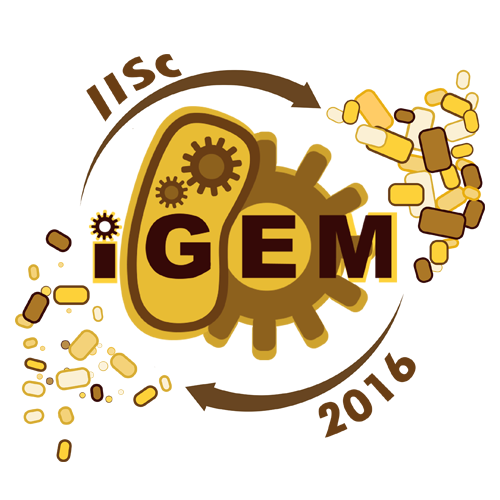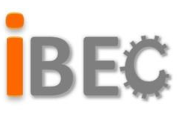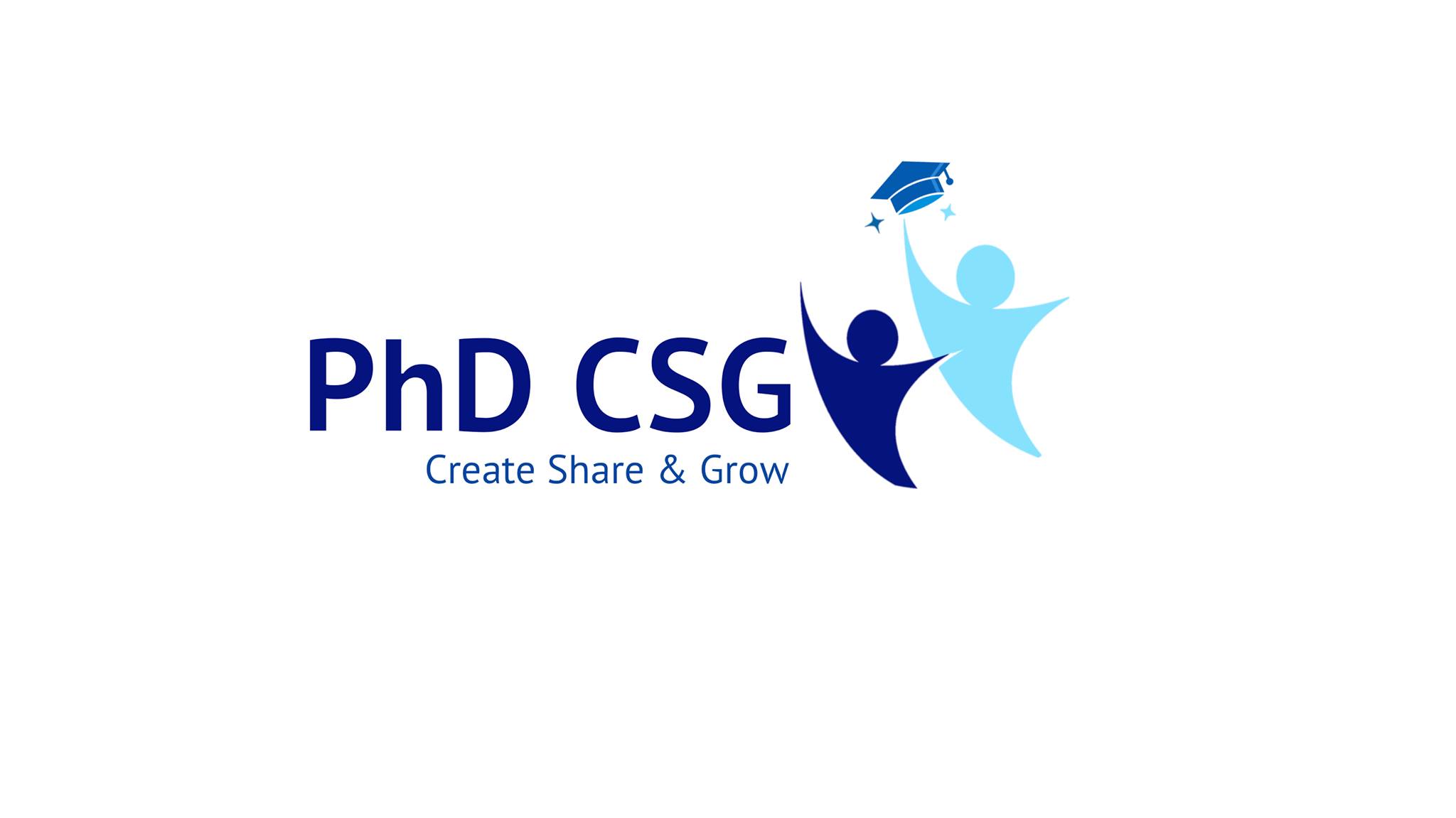Summary
A team member visited a government "biotechnology park" intended to be used by small scale startups. We wanted to understand the facilities available in these parks to see if there existed a need for improvement and gauge the feasibility of implementing our project in these parks. We found that the bioreactors in these parks had no sensors, centrifuges or any level of automation. These bioreactors were currently used only to grow cultures that were sold without further processing.
We input information learned from our visit into our project by developing biobricks and a protocol to perform functions usually done by machines, which were not available in these parks like centrifugation, automatic induction and cell density monitoring. This would enable more complicated protocols required for the biosynthesis of most useful products to be undertaken at these facilities.
Thus, we integrated information gleaned from the visit in the processes targeted by cellfifuge.
Biotech Park Visit
As stated in the introduction, our project is an attempt to modify E. coli to lower capital and running costs for rDNA bioreactor systems, by automating protein over-expression induction and separation of cell from growth media.
To learn more about the existing biotech infrastructure in India, we decided to visit some biotech parks in India and explore the feasibility and applicability of our idea.
As stated in the summary, we found that the bioreactors in these parks had no sensors, centrifuges or any level of automation. These bioreactors were currently used only to grow cultures that were sold without further processing. We input information learned from our visit into our project by developing biobricks and a protocol to perform functions usually done by machines, which were not available in these parks like centrifugation, automatic induction and cell density monitoring. This would enable more complicated protocols required for the biosynthesis of most useful products to be undertaken at these facilities. Here
is the link to the PDF file of the report. It is also displayed below.Presenting to Govt. of Karnataka
We had a sit down on July 27th, 2016 with top officials at the Government of Karnataka’s (GoK) (the state in which our institute is located) department of Information Technology, Biotechnology and Science and Technology and presented to them our idea and its applications.
We presented our project and its possible implementation in the government biotechnology parks which are lacking in machinery for automation and downstream processing, some of these processes can be performed by our BioBricks, which can effectively replace or supplement these expensive machines. The intent was to convince our government representatives of the need for enhancing the current government biotechnology facilities and a possible option of doing so.
The novelty of using Ag43 for clarification of cell cultures and using this to replace or supplement energy and capital expensive centrifuges and its application in conjunction with auto-induction using quorum sensing made our idea patent worthy in their opinion and hence, to continue our research, the GoK’s biotechnology department granted us ~$9,000 towards consumables for our project.








